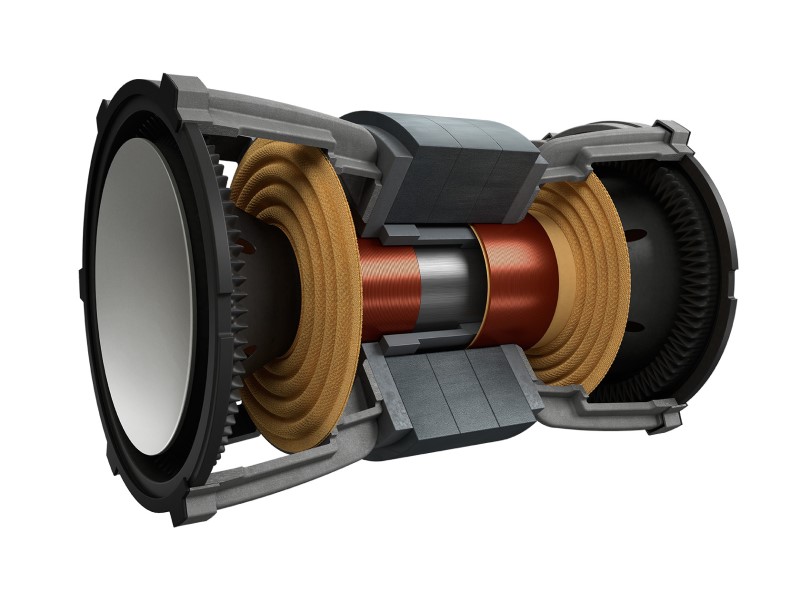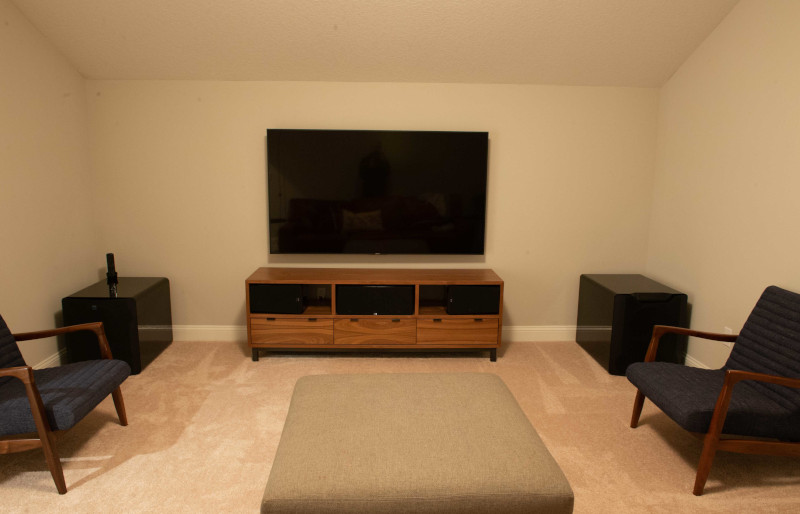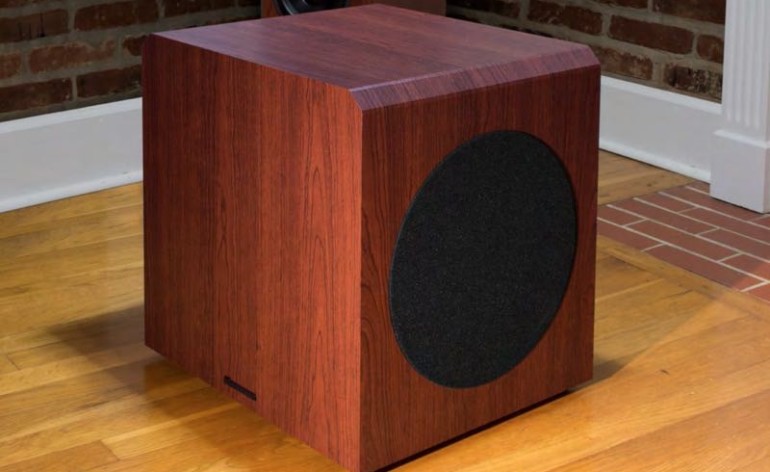6 Things I Wish I Knew Before Buying My First Subwoofer
When I was talking to Gary Yacoubian, CEO of SVS, he said something along the lines of the average price people pay for a subwoofer is $150. SVS makes some of my favorite subwoofers and they start at $500. But, if I’m being honest, my first “subwoofer” (I put it in quotes because, spoiler alert, it really wasn’t) cost $99.99 from Amazon. It was garbage and I hated it. But it was all the money I had at the time so it was what I could afford. But, if I could go back and talk to past me, I’d give him some advice. These are the six things I wish I knew before buying my first subwoofer.
You Get What You Pay For

This is very true in most things (not in Atmos speakers or speaker cables, but most other things). More money spent generally equates to a higher quality product. There are diminishing returns, but if you spend more, the quality will generally be better. You may already know this, but when buying your first subwoofer, it is important to keep this in mind. Rather than rushing into a subwoofer purchase, consider waiting and saving.
In subwoofers, the breaking point is around $400 (we like the RSL Speedwoofer 10s at this price point). If you spend at least that, you can get a sub that can actually do some good in your home theater. Below that and the amps are too small and the compromises too…compromising to put out a decent product. If you must spend less, look at some of the DIY options from Dayton Audio (link). You’ll have to do some of the work yourself, but you can save serious money.
To truly be considered a subwoofer, the speaker should play down to at least 20Hz at -3dB. This will allow the subwoofer to actually dip into the subsonic frequency range which happens below 20Hz. At $400, you won’t get that, but you’ll get close. If you spend any less, you’re going to end up with a subwoofer that can make noise, but not the noise you want. If you want true subsonic performance, you’ll need to spend at least $500.
Forget the Reviews, Look at Your Room

When reading reviews, especially those on Amazon, you are going to find people that are super impressed with their purchase. They will have advice on which product to buy, why one is better than another, and all sorts of helpful tips. Most of these people have no idea what they are talking about. They have purchased their first subwoofer and they are just pleased as punch about it.
Don’t listen to them.
Your room has as much to do with the bass you experience as the subwoofer you buy. If you buy one that is too small (and most people do), then you’ll never get the bass experience you want. Yes, these other people may love their new subwoofer, but they likely don’t know what good bass is. They just know they have something better than before. They may also be in a room much smaller than yours. If you are basing your subwoofer purchase solely on price and not matching the subwoofer to the space it will inhabit, you are setting your sub up to fail and yourself up for disappointment and regret.
Driver Size Doesn’t Matter as Much as You Think

When looking at two subwoofers, one of the easiest metrics to compare is the size of the drivers. Bigger is better, right? Not always. A big, poorly constructed driver will not perform as well as a smaller, well constructed one. A large driver does not a great subwoofer make. Like all speakers, a subwoofer is an ecosystem. You can’t shove a large driver into a box and call it a day.
The driver, the enclosure, the port (or lack thereof), and the amp all need to be matched and tuned in order to perform well. It would be nice if we could just say, “A subwoofer with a 15″ driver is always better than one with a 12″ driver,” but it just isn’t true. Don’t put too much stock into the size of the driver. Look at the measurements and compare those.
I wish someone had told me this before I bought my first subwoofer. Even though I thought I knew what I wanted, I still ended up buying a subwoofer with a larger driver simply because of the size.
Build A Box

As a rule, subwoofers are bigger than you think. They just are. If you have a spouse or partner that is hesitant about adding speakers of any kind to your house, do not order a subwoofer online without building a box. This is the single most common mistake we see people make. Even if you know you are going to a store first to look at subwoofers before buying, they will seem smaller in the store than they do in your home.
Run out to your recycling bin, grab a bunch of those Amazon delivery boxes, and tape together a box that is the size of the subwoofer you are planning to buy. Then place it in your room and see how it actually fits. Don’t forget that you’ll need some space behind the amp to plug in the cable so it can’t be flush on that side. You also don’t want the driver or ports firing into a wall unless you check with the manufacturer and they say it is okay. Once you see the box in your room, no one will be surprised at the size when it arrives.
Plan For Two

Remember that box? You’ll likely need room for two of them. If you are in a room with more than one seat, you surely want the bass to be as even as possible for everyone in the room. To achieve that, you are going to need two subwoofers eventually. Many companies offer discounts for buying two subwoofers, and some, like SVS, will even honor those discounts if you buy the second sub at a later date. Contact your retailer or manufacturer before you buy.
If it is only you, or if you don’t care about the bass anyone else is experiencing, you can get away with only one subwoofer. You’ll need to do the subwoofer crawl and only do a single measurement with your room correction program so that it only corrects for your seat. But, honestly, eventually, you will still want two. Because we all do.
Skimp on the Finish
We all love to look at the pretty subwoofers and speakers online. That glossy finish is so pretty! It doesn’t cost that much more but it is worth it if it looks nicer in your room, right? And then we get that beautiful new subwoofer home, shove it in a corner behind a speaker or table, and turn off the lights. Aren’t you glad you sprung for the nicer finish now?
When buying your first subwoofer, know this: the finish is the LAST thing you should consider. For most of us, paying extra for a nice finish is a complete waste. We don’t ever experience that finish because we can rarely see our subwoofers. They tend to live in corners or behind other things. Instead of springing for that premium finish, just save that money for your next purchase or, better yet, use it to buy a bigger, better subwoofer!
Conclusion
We all make mistakes. One of my biggest ones was my first subwoofer purchase. It was $100 that I might as well just flushed down the toilet. If I had planned more carefully, I could have bought something for just a little more money that I could still use today. Instead, I ended up essentially throwing that subwoofer away (I think I gave it to someone? I can’t remember). Don’t do what I did. Follow these tips when buying your first subwoofer so that you know you will end up with a subwoofer that you can love forever.


